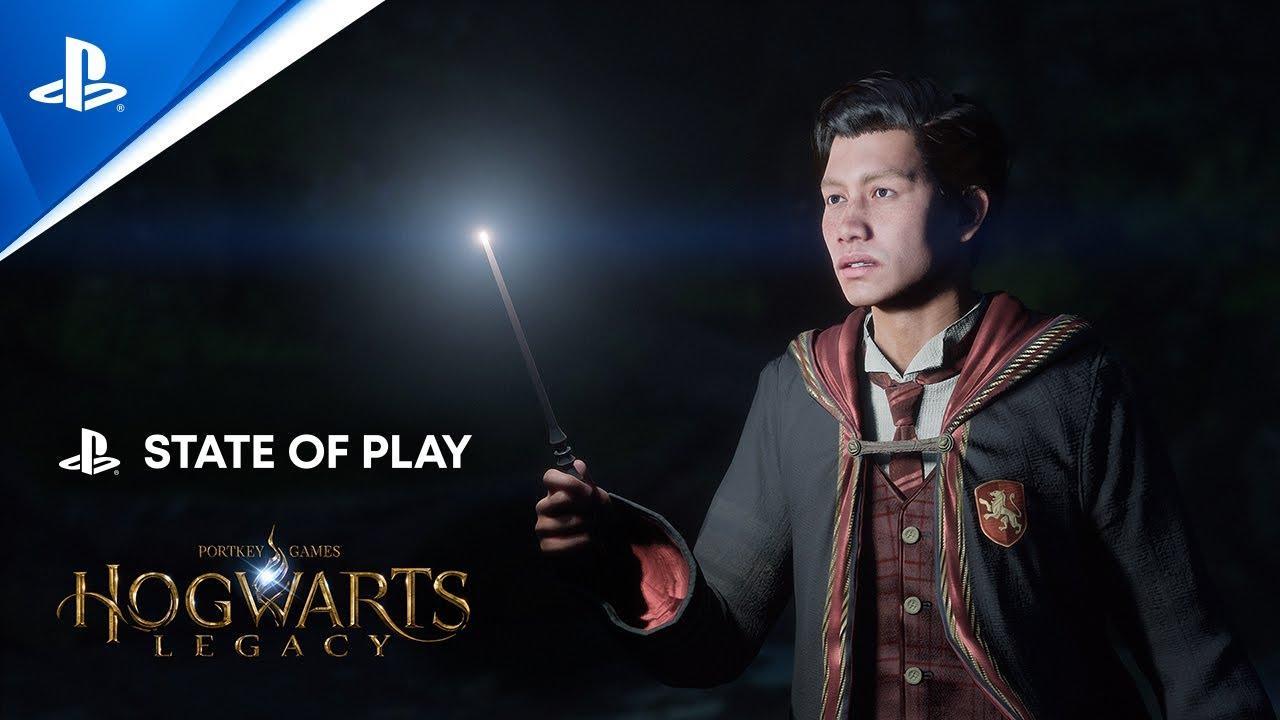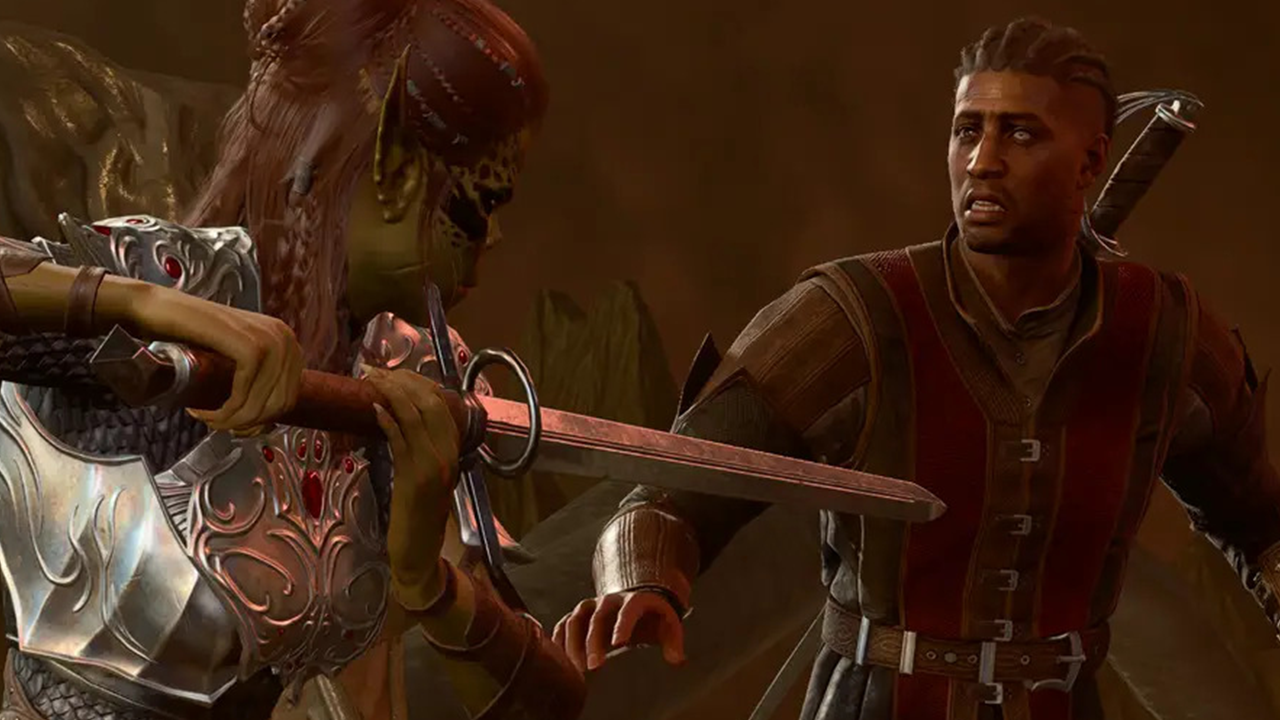Article Categories
- Baldur's Gate 3
- Diablo
- Elder Scrolls
- General
- Hogwarts Legacy
- League of Legends
- Minecraft
- Pokemon Go
- Sims 4
- StarCraft
- Steam Platform
- Xbox Game Console
More Articles
Counterfeit NES - SNES Games-how to know if its fake?
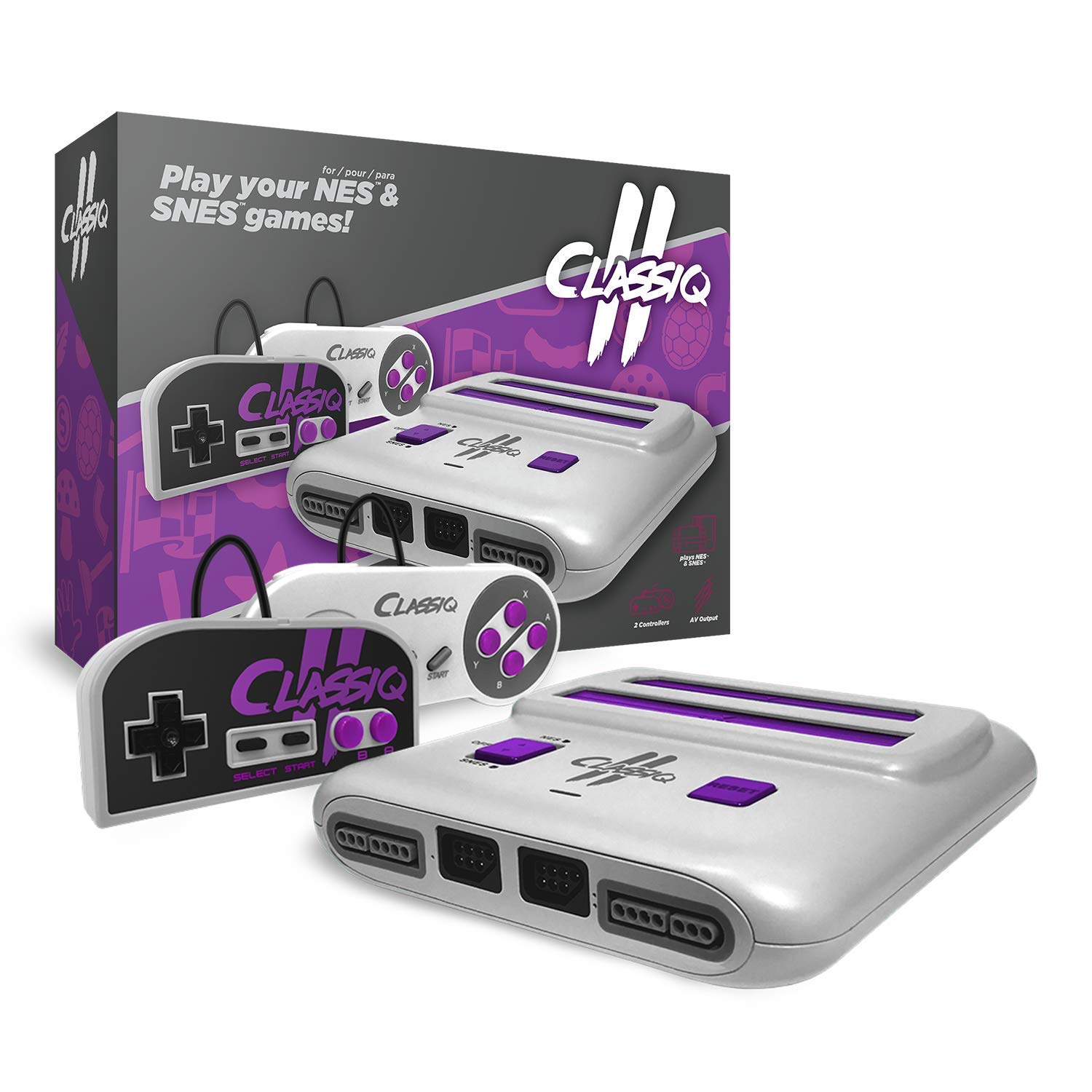
The other day, i plugged in a copy of Mortal Kombat 3, and the console I was using was one of the new dual consoles(nes+snes games). I got a message at the start that said something about pirated games. How can I know if I bought say Earthbound at a Vintage Stock or Ebay is going to be authentic? Some of these older games are fairly expensive.
Question from user King of NES at gaming.stackexchange.com.
Answer:
There are a couple of tell-tale signs which actually seem common for just about all Nintendo, cartridge-based systems. Look for these qualities when attempting to identify counterfeit cartridges.
Take a close look at the label. Is it blurry? It's probably a fake if it is. Most counterfeits use decent scans for reproduction labels, and the quality is more than obvious when you see it. Still, it is worth comparing against an image of a legit version because a handful of games actually had poor images. Kid Dracula for Game Boy is one example I have in my collection. It looks fake to me, but it's not.
Compare the image to other legit copies and look at image cropping. These labels were also reproduced. If the bootlegger could find a better image on, say, a poster, they would take it and then crop it into a similar graphic overlay for all of the traditional SNES and "Nintendo Seal of Quality" notes. If the cropping of the image is off, it's a bootleg.
If it's a Nintendo cartridge, check the labels for an impressed stamp. You should see at least 2-digits pressed into the caution label on the back. If the cart doesn't have a caution label (like the handheld games) then it's pressed on the front label. This is a QA stamp so that if there are any problems when a game is released to the public, Nintendo can identify the manufacturing source from within their assembly factories. This stamp is not on bootlegs and I've never seen a legit Nintendo cartridge pre-DS era without them.
If you are not buying it online feel the plastic texture. It should feel different. When you feel it, you will know. Personally, I think some bootlegs often feel a little like worn sand paper-- slightly grittier than the standard texture. This is because most bootleg cases come from a mold that was made from original cartridge shell. The roughness in texture comes from the nature of making a duplicate from an original.
Are the corners of the labels rounded or square? Legit labels are rounded on the corners, where square corners are certainly fake.
Does the cart feel heavier than most, or another game of the same type? Some of the earlier bootlegs used cheap EPROM chips and they are thicker and noticeably heavier. The games often feel a little thicker too, because these chips often take up all of the space within the height of the cartridge and make it slightly bulge. It's not visibly noticeable but you can easily feel it if you've handled your share of NES cartridges. The only exception to the weight of of some cartridges is that early NES games would have a Famicom to NES converter board in the cartridge. These were limited to just a select early titles. The Famicome-to-NES converter isn't super rare, but it is uncommon. It is worth mentioning because an old title like Gyromite may very well have a Famicom converter in it and those cartridges way more because of the extra hardware.
Advanced Checks.
If you are in the market for a really valuable cartridge or if the game happens to be super-hot and easy to sell at the moment, then you may want to take the next step to verify the legitimacy of the cartridge.
First, if you know of a super-reputable store online that has a great return policy, you can trust them. They know which games are rare and if they have a great reputation, then they know that they HAVE to do this checking themselves. Otherwise, they will get bad rep for selling bootlegs. You will still want to verify the cartridge with these steps but it helps to have a way to back out, assuming you buy a cartridge and find out it's a fake.
If you can't buy it through a reputable dealer then be sure to see the game in person and check out the game with your own eyes and hands before making a purchase.
The first thing you will need to do is purchase a cartridge screwdriver set like this one. These are used to open up Nintendo hardware since they use special screws on their games. Open the cartridge and look for the following signs of legitimacy.
For this list of items to search for, I'll be using Paperboy as an example. I'll be referencing the annotated points on these images:.
Each Nintendo game usually has a serial number printed somewhere on the cartridge. For your specific system, do some quick googling of where this is located. Some earlier carts (the NES black labels), these may not have the serial number printed on the label but from probably 1986 on, all Nintendo games should have these serial numbers. For our example, see #1 in the first image. Regardless, the serial numbers can be easily found online for any specific game. This serial number should be partially printed on the chip that holds the ROM data. It is laser etched on the chip after the game is flashed to the ROM chips. In my example, see the #2 annotations. On these flash chips, you see "NES-PY-0". Note, on the front of the game, the serial number was "NES-PY-USA". The reason is because the "NES" is the system identifier, the "PY" is the game identifier and the "USA" is the region identifier. For the sake of the chip in the cartridge, all that is needed is the system id, the game id and the "0" which represents the revision. Regardless, if the game identifier (e.g. the "PY") is correct, then the chip is legitimate. If this is not etched on the chip, it is a bootleg.
Does the PCB (the green board with the printed, metal leads that plug into the Nintendo) have the "(c) 198x Nintendo" phrase printed on the board? (See annotation #3 in the second image.) If it doesn't have this, probably a bootleg. Nintendo tightly manages the manufacturing of their equipment. If the Nintendo copyright isn't on the board, it is likely a bootleg, but late in the NES era, Nintendo did allow for some game development studios to manufacture their own boards. Specifically, Konami and Sunsoft are the two that I am aware of. Regardless, a bootleg cartridge will not have a stamp of a legitimate third party company on it. However, if Nintendo is stamped on the board, take a second to look at the "O" in "Nintendo". Since I originally posted this response in 2019, technics have improved in bootlegging. Manufactures are now putting the same screen printed stamps on boards, but the "Nintendo" stamp is hard for them to get correct. This is because there is no Nintendo "font" that's readily accessible. The "O" has a very specific pill-shape to it. If that pill-shape does not look like a proper Nintendo logo, it is a bootleg.
Some games counterfeiters have actually found ways to copy the PCBs and have printed the Nintendo Copyright phrase on the PCB. I've only heard of this on certain Game Boy Color games. However, these were easily identified because the ROM chips were blank, with no etching. As such, other collector's have also started checking the PCB copyright date. Apparently, a bootlegger took the time to make an exceptional PCB, but didn't realize that they were making games that were manufactured BEFORE the date on the PCB. This wouldn't be possible because the PCBs are created long before any games are flashed to the chips that are later soldered to the boards. A date that is earlier on a PCB than a date printed on a ROM, or dated after the release of a game is a certain problem.
Believe it or not, counterfeiting of games has been going on for a long time and with many games crossing the $1,000 threshold, counterfeiting is becoming more and more common. If you can follow my checklist, you're doing better than 99.9% of most collectors and shouldn't have any trouble.
Of course, if you ever get into any serious collecting, it's worth joining a community and following what people find. The counterfeiters are still getting better even though some of these games are getting to be over 25 years old. They will find a way to make them look as legit as possible, and won't stop improving their methods, so long as people keep collecting and shelling out loads of money for rare cartridge games.
Answer from user RLH at gaming.stackexchange.com.

The other day, i plugged in a copy of Mortal Kombat 3, and the console I was using was one of the new dual consoles(nes+snes games). I got a message at the start that said something about pirated games. How can I know if I bought say Earthbound at a Vintage Stock or Ebay is going to be authentic? Some of these older games are fairly expensive.
Question from user King of NES at gaming.stackexchange.com.
Answer:
There are a couple of tell-tale signs which actually seem common for just about all Nintendo, cartridge-based systems. Look for these qualities when attempting to identify counterfeit cartridges.
Take a close look at the label. Is it blurry? It's probably a fake if it is. Most counterfeits use decent scans for reproduction labels, and the quality is more than obvious when you see it. Still, it is worth comparing against an image of a legit version because a handful of games actually had poor images. Kid Dracula for Game Boy is one example I have in my collection. It looks fake to me, but it's not.
Compare the image to other legit copies and look at image cropping. These labels were also reproduced. If the bootlegger could find a better image on, say, a poster, they would take it and then crop it into a similar graphic overlay for all of the traditional SNES and "Nintendo Seal of Quality" notes. If the cropping of the image is off, it's a bootleg.
If it's a Nintendo cartridge, check the labels for an impressed stamp. You should see at least 2-digits pressed into the caution label on the back. If the cart doesn't have a caution label (like the handheld games) then it's pressed on the front label. This is a QA stamp so that if there are any problems when a game is released to the public, Nintendo can identify the manufacturing source from within their assembly factories. This stamp is not on bootlegs and I've never seen a legit Nintendo cartridge pre-DS era without them.
If you are not buying it online feel the plastic texture. It should feel different. When you feel it, you will know. Personally, I think some bootlegs often feel a little like worn sand paper-- slightly grittier than the standard texture. This is because most bootleg cases come from a mold that was made from original cartridge shell. The roughness in texture comes from the nature of making a duplicate from an original.
Are the corners of the labels rounded or square? Legit labels are rounded on the corners, where square corners are certainly fake.
Does the cart feel heavier than most, or another game of the same type? Some of the earlier bootlegs used cheap EPROM chips and they are thicker and noticeably heavier. The games often feel a little thicker too, because these chips often take up all of the space within the height of the cartridge and make it slightly bulge. It's not visibly noticeable but you can easily feel it if you've handled your share of NES cartridges. The only exception to the weight of of some cartridges is that early NES games would have a Famicom to NES converter board in the cartridge. These were limited to just a select early titles. The Famicome-to-NES converter isn't super rare, but it is uncommon. It is worth mentioning because an old title like Gyromite may very well have a Famicom converter in it and those cartridges way more because of the extra hardware.
Advanced Checks.
If you are in the market for a really valuable cartridge or if the game happens to be super-hot and easy to sell at the moment, then you may want to take the next step to verify the legitimacy of the cartridge.
First, if you know of a super-reputable store online that has a great return policy, you can trust them. They know which games are rare and if they have a great reputation, then they know that they HAVE to do this checking themselves. Otherwise, they will get bad rep for selling bootlegs. You will still want to verify the cartridge with these steps but it helps to have a way to back out, assuming you buy a cartridge and find out it's a fake.
If you can't buy it through a reputable dealer then be sure to see the game in person and check out the game with your own eyes and hands before making a purchase.
The first thing you will need to do is purchase a cartridge screwdriver set like this one. These are used to open up Nintendo hardware since they use special screws on their games. Open the cartridge and look for the following signs of legitimacy.
For this list of items to search for, I'll be using Paperboy as an example. I'll be referencing the annotated points on these images:.
Each Nintendo game usually has a serial number printed somewhere on the cartridge. For your specific system, do some quick googling of where this is located. Some earlier carts (the NES black labels), these may not have the serial number printed on the label but from probably 1986 on, all Nintendo games should have these serial numbers. For our example, see #1 in the first image. Regardless, the serial numbers can be easily found online for any specific game. This serial number should be partially printed on the chip that holds the ROM data. It is laser etched on the chip after the game is flashed to the ROM chips. In my example, see the #2 annotations. On these flash chips, you see "NES-PY-0". Note, on the front of the game, the serial number was "NES-PY-USA". The reason is because the "NES" is the system identifier, the "PY" is the game identifier and the "USA" is the region identifier. For the sake of the chip in the cartridge, all that is needed is the system id, the game id and the "0" which represents the revision. Regardless, if the game identifier (e.g. the "PY") is correct, then the chip is legitimate. If this is not etched on the chip, it is a bootleg.
Does the PCB (the green board with the printed, metal leads that plug into the Nintendo) have the "(c) 198x Nintendo" phrase printed on the board? (See annotation #3 in the second image.) If it doesn't have this, probably a bootleg. Nintendo tightly manages the manufacturing of their equipment. If the Nintendo copyright isn't on the board, it is likely a bootleg, but late in the NES era, Nintendo did allow for some game development studios to manufacture their own boards. Specifically, Konami and Sunsoft are the two that I am aware of. Regardless, a bootleg cartridge will not have a stamp of a legitimate third party company on it. However, if Nintendo is stamped on the board, take a second to look at the "O" in "Nintendo". Since I originally posted this response in 2019, technics have improved in bootlegging. Manufactures are now putting the same screen printed stamps on boards, but the "Nintendo" stamp is hard for them to get correct. This is because there is no Nintendo "font" that's readily accessible. The "O" has a very specific pill-shape to it. If that pill-shape does not look like a proper Nintendo logo, it is a bootleg.
Some games counterfeiters have actually found ways to copy the PCBs and have printed the Nintendo Copyright phrase on the PCB. I've only heard of this on certain Game Boy Color games. However, these were easily identified because the ROM chips were blank, with no etching. As such, other collector's have also started checking the PCB copyright date. Apparently, a bootlegger took the time to make an exceptional PCB, but didn't realize that they were making games that were manufactured BEFORE the date on the PCB. This wouldn't be possible because the PCBs are created long before any games are flashed to the chips that are later soldered to the boards. A date that is earlier on a PCB than a date printed on a ROM, or dated after the release of a game is a certain problem.
Believe it or not, counterfeiting of games has been going on for a long time and with many games crossing the $1,000 threshold, counterfeiting is becoming more and more common. If you can follow my checklist, you're doing better than 99.9% of most collectors and shouldn't have any trouble.
Of course, if you ever get into any serious collecting, it's worth joining a community and following what people find. The counterfeiters are still getting better even though some of these games are getting to be over 25 years old. They will find a way to make them look as legit as possible, and won't stop improving their methods, so long as people keep collecting and shelling out loads of money for rare cartridge games.
Answer from user RLH at gaming.stackexchange.com.
How do I remove a Steam game from my library?

What does the padlock icon in Pokemon summary page mean?
![]()
What are all the ways to impact your trial grade in Outlast Trials?

In Yupitergrad 2, How do I defeat the shield drone?
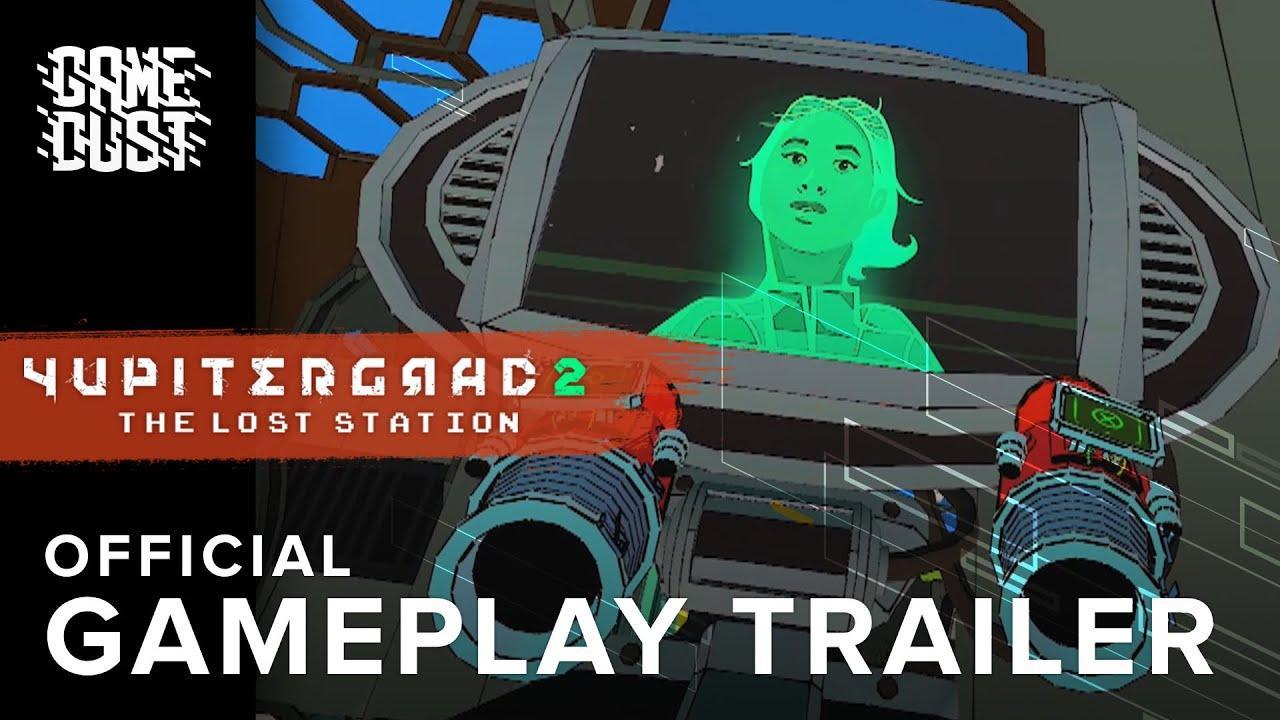
What is the time difference between BOTW and TOTK?
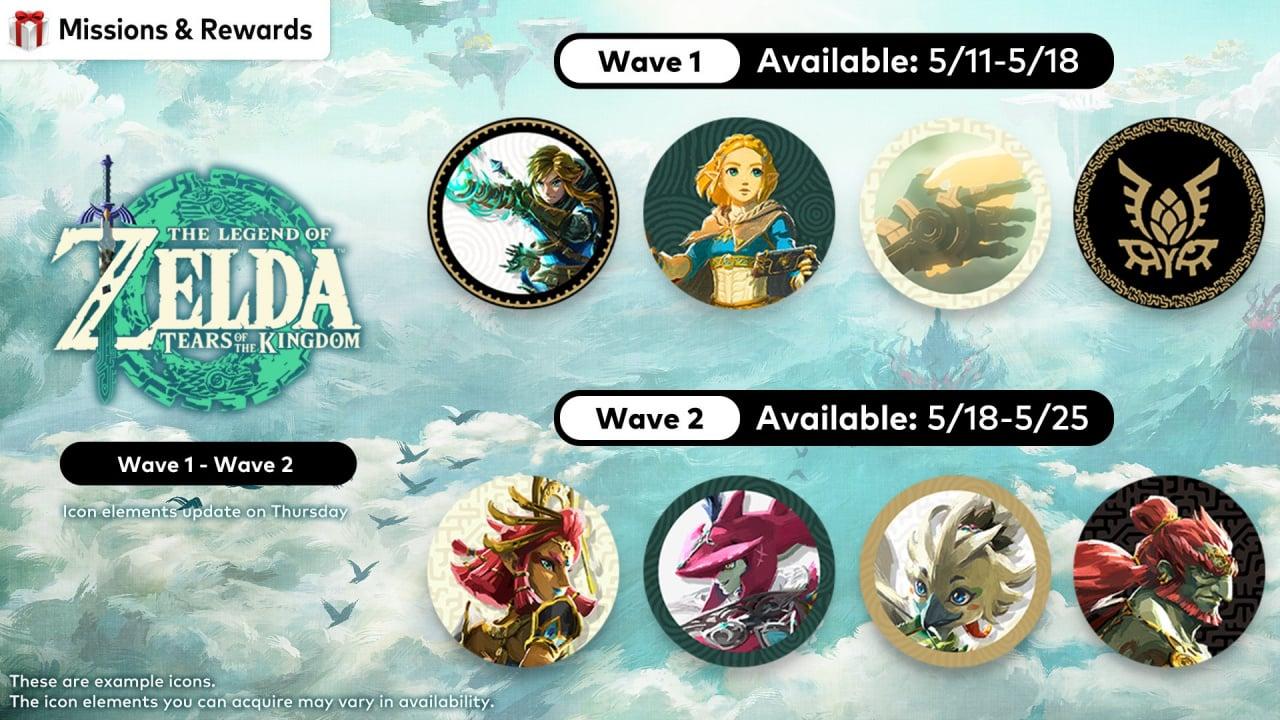
Is it possible to run RollerCoaster Tycoon 2 in windowed mode?

Wake me up when September starts

What Hogwarts tips do you wish you'd known when you started?
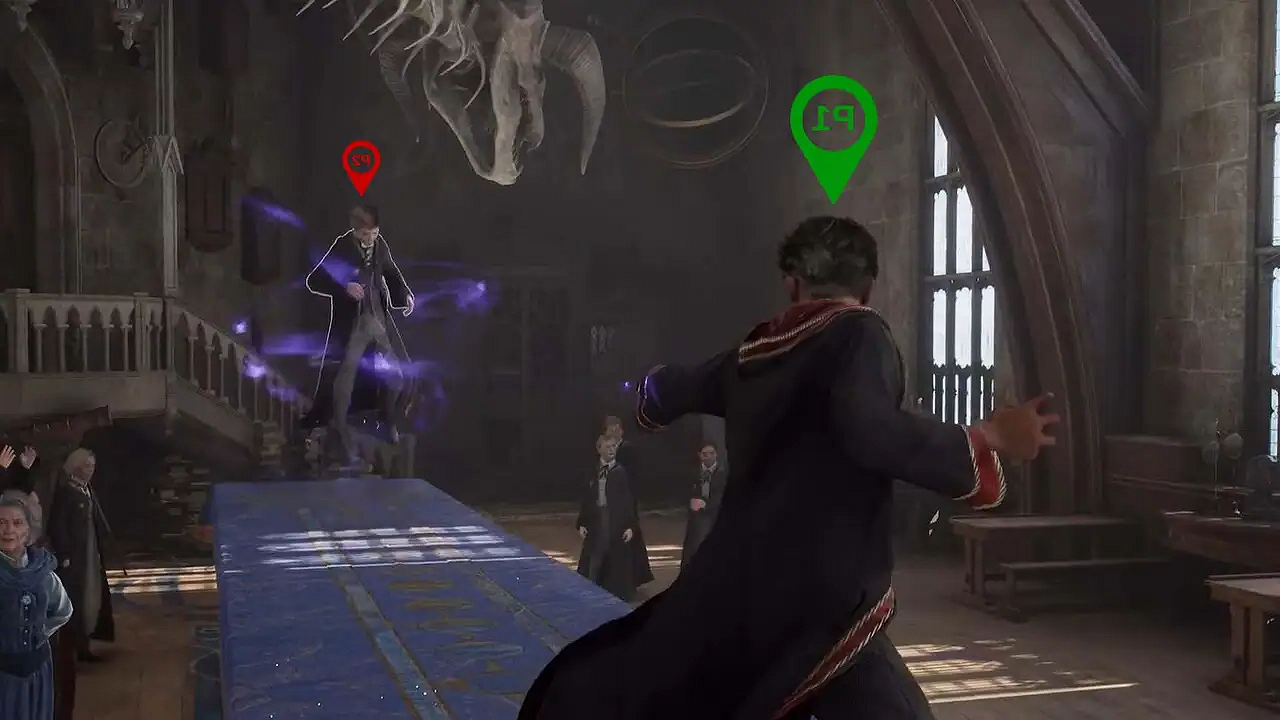
Can you romance anyone in Hogwarts Legacy?
